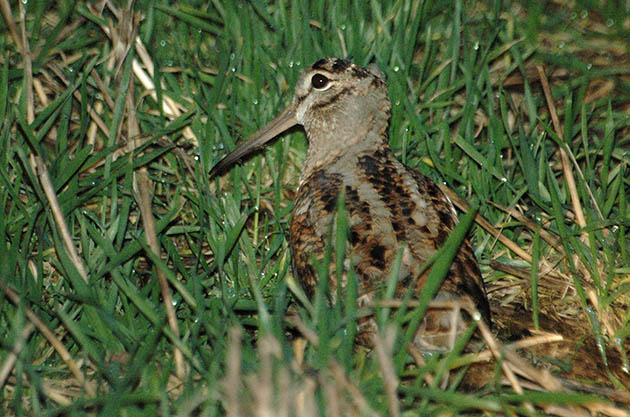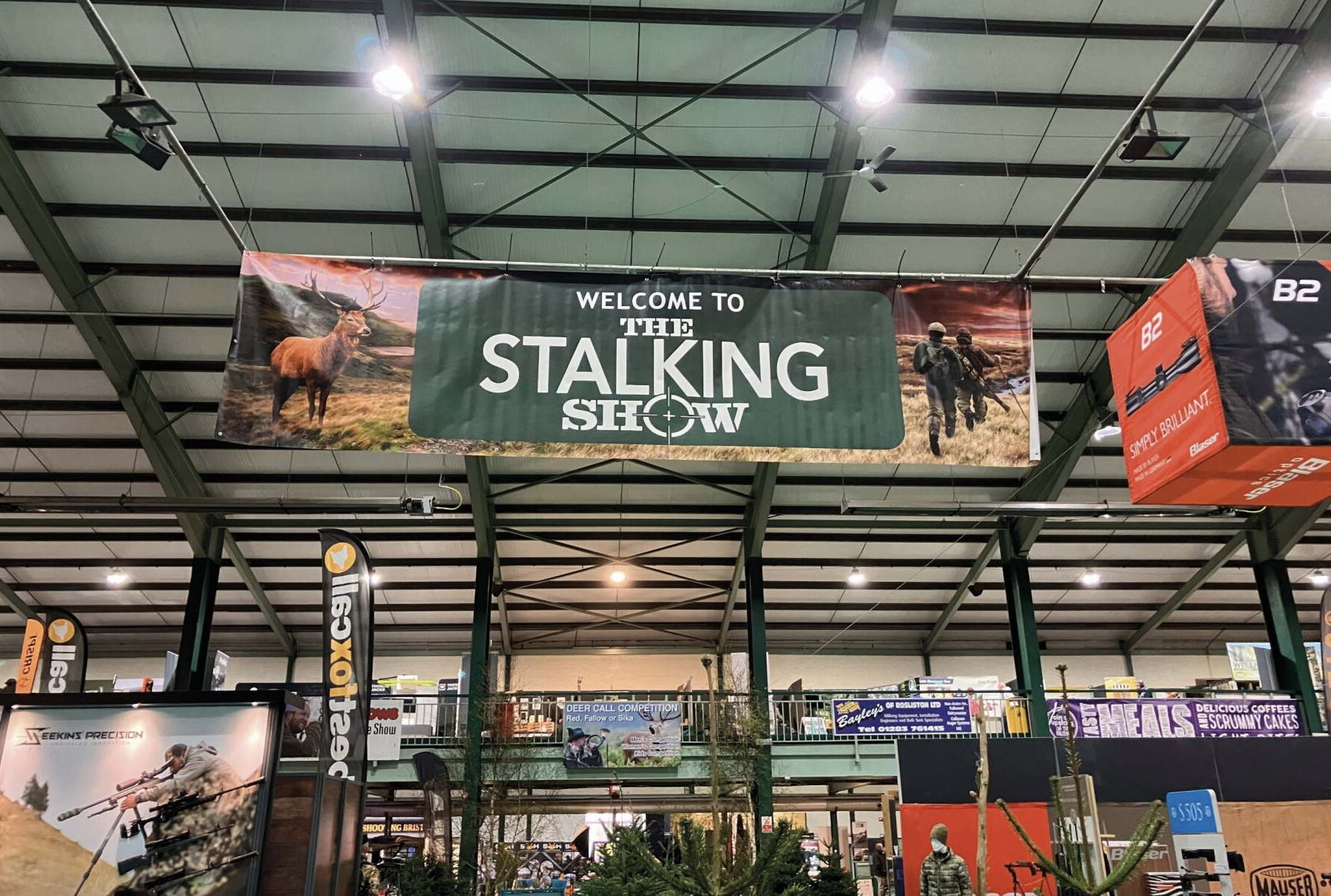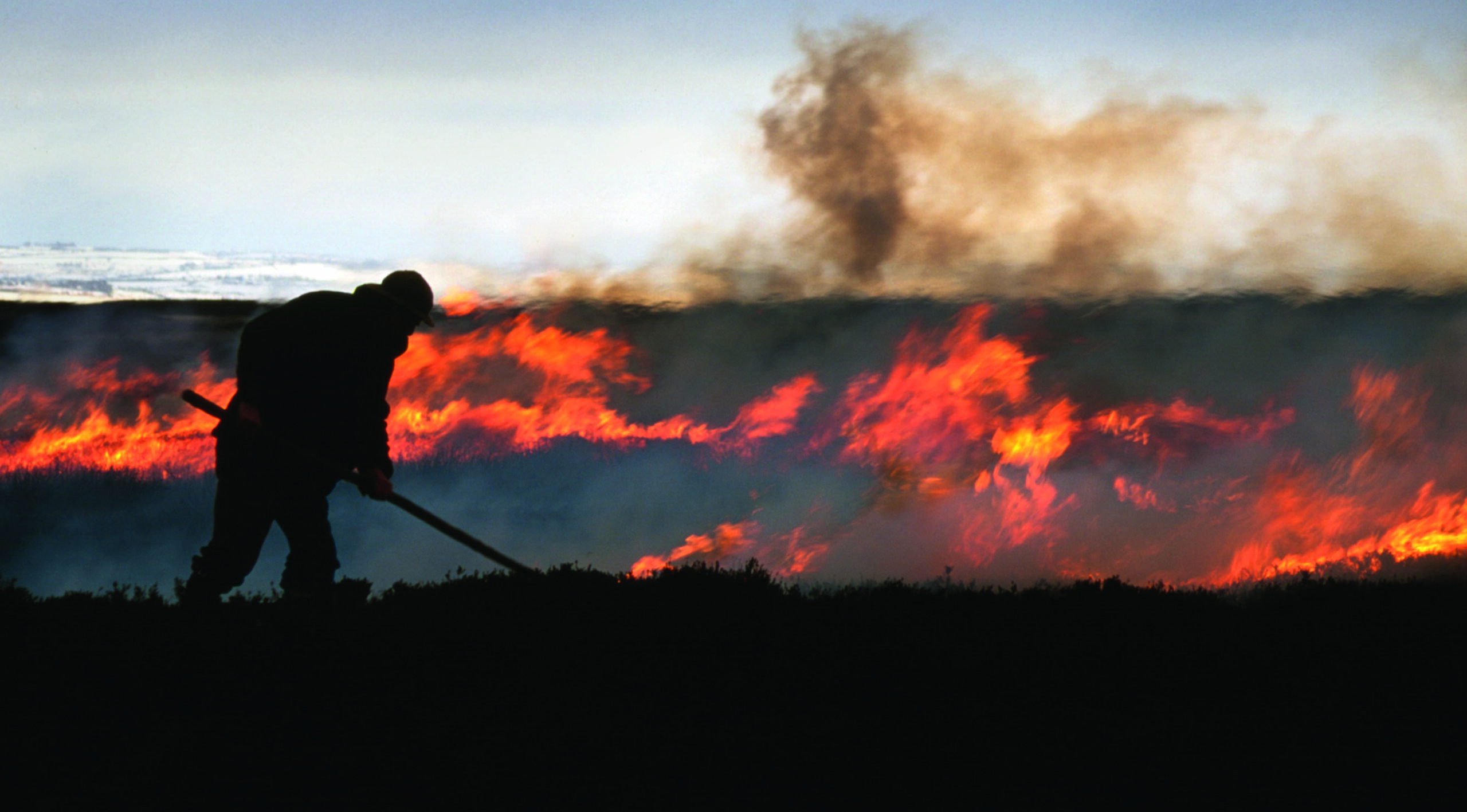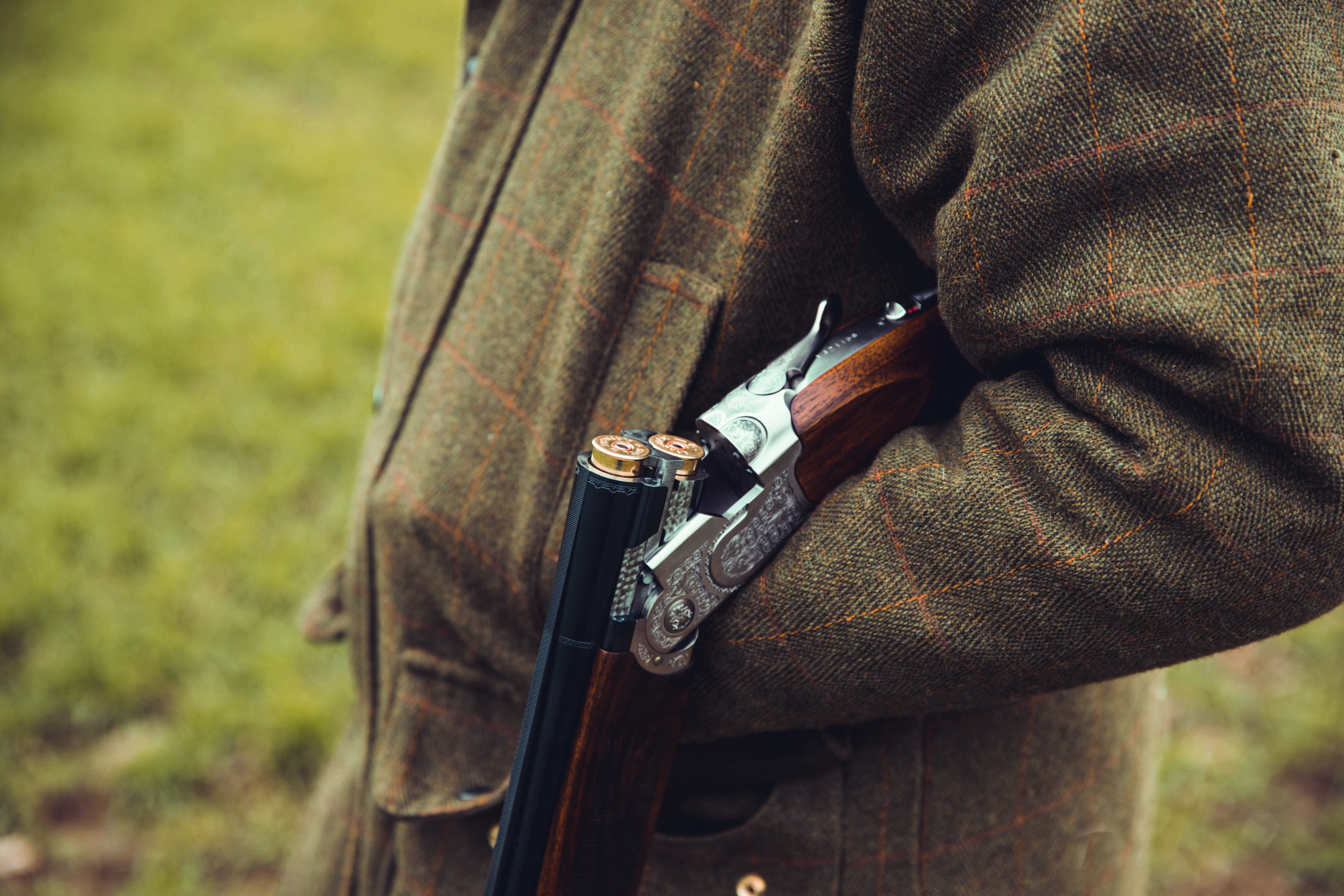GWCT calls for shooter restraint on declining woodcock
New data indicates migrant woodcock have had a poor breeding season and the GWCT is asking Guns to let a few go until they recover.

Shooters are being asked to reduce the number of migrant woodcock they shoot due to the species’ poor breeding season.
Andrew Hoodless, head of wetland research at the Game & Wildlife Conservation Trust (GWCT) has called for restraint from shooters in the UK after concerns were initially raised by woodcock ringers in western Russia, who monitor the numbers of first-year birds in their autumn catches. This year, they recorded the lowest proportion of first-year birds for a decade.
Calls for restraint
Similar calls for restraint were made in late 2015, with the GWCT and other shooting organisations calling for a delay in shooting until migrant birds arrived in the UK to preserve the declining native breeding population. However, it is now the migrant woodcock whose numbers have declined.
The GWCT reports that a similar picture of declines is also emerging from woodcock ringing data in the UK and France, while surveys of rings from birds shot at the start of the season in France and Italy have confirmed a lower proportion of first-year woodcock than usual. It is believed that these reduced numbers are due to unusually cold, wet weather in western Russia around hatching time, leading to higher chick mortality.
GWCT call for woodcock shoots’ help
Woodcock project seeks participants
The Great Debate: Woodcock shooting
Woodcock: To shoot or not to shoot?
Reduced bags
Dr Hoodless said: “The GWCT and the Woodcock Network are advising shooters across the UK to rethink their woodcock shooting for this season and reduce their bags. This echoes moves being taken by organisations in several other European countries. A further update will be issued in early January, once more information is available.
“Though similar events will have happened many times in the past, this is the first time that monitoring of woodcock age ratios by ringers, and improved communication across Europe, has been able
to offer shooters an early warning system. Populations normally rebound after such events, but most shooters understand the importance of preserving breeding stocks when there are signs of adverse natural events and are prepared to minimise shooting pressure in order to aid population recovery.”










